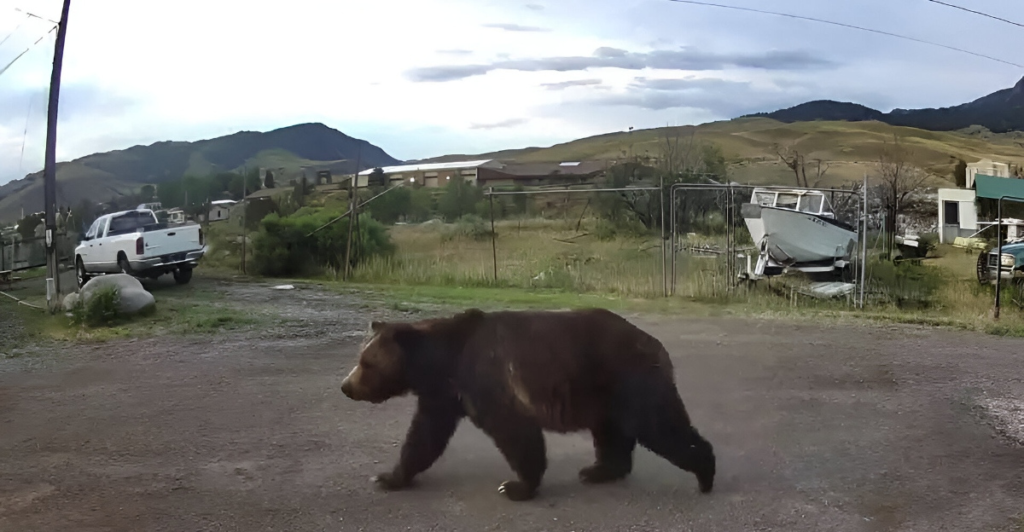
Gardiner, Montana, a gateway town to Yellowstone National Park, faced a significant challenge when a 560-pound grizzly bear began frequenting the area in search of food. The bear’s activities included tipping over trash cans, breaking windows, and entering homes, causing concern among residents and tourists alike.
This situation highlighted the ongoing issue of human-bear conflicts in regions adjacent to wildlife habitats. In response, Gardiner implemented measures to mitigate these conflicts, focusing on securing food sources and educating the public about bear safety. These efforts are part of a broader initiative to promote coexistence between humans and bears, ensuring their safety.
Understanding Human-Bear Conflicts
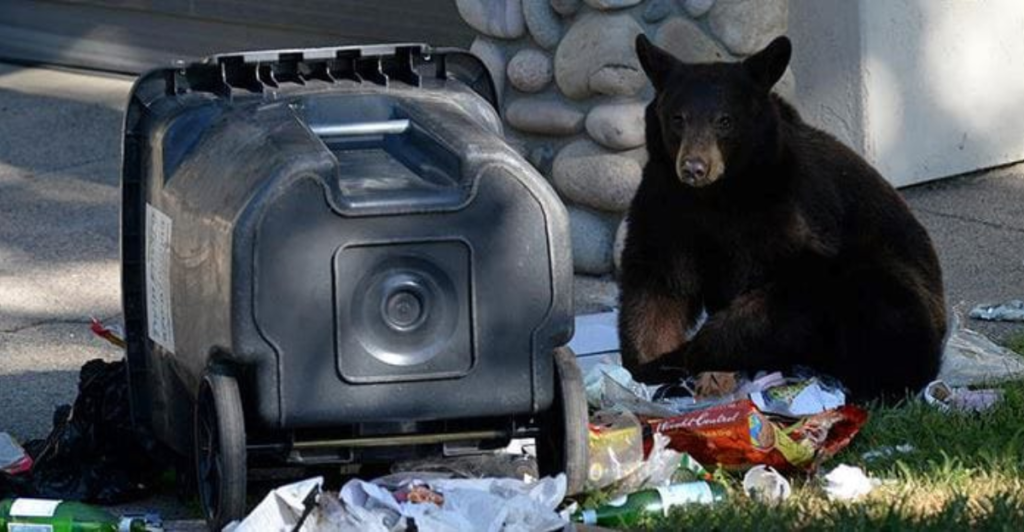
Human-bear conflicts often arise when bears are attracted to human settlements by accessible food sources. In areas like Gardiner, unsecured garbage and food waste can lure bears into towns, damaging property and potential threats to human safety.
These interactions endanger people and the bears, which may be relocated or euthanized if deemed a persistent threat. Understanding the root causes of these conflicts is essential for developing effective mitigation strategies.
The Role of Bear-Proof Infrastructure
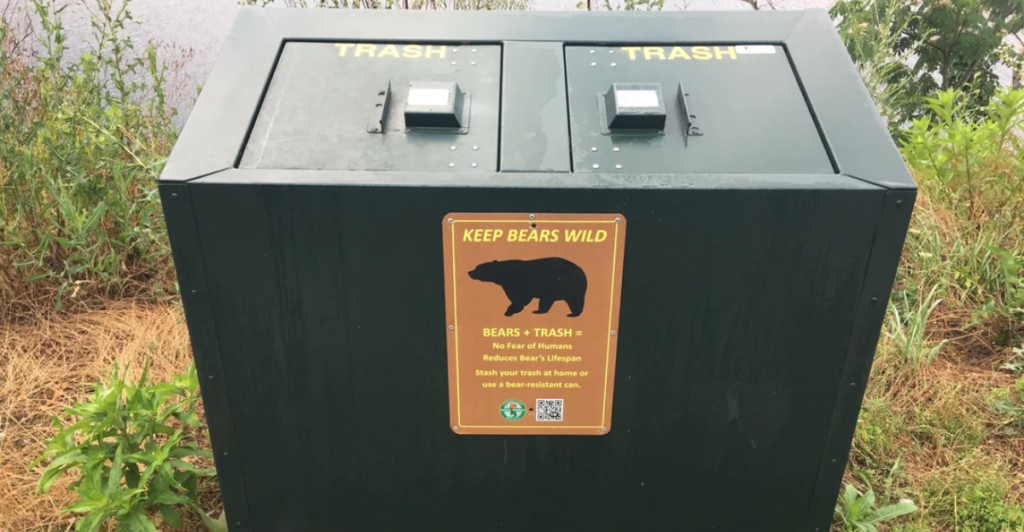
Implementing bear-proof infrastructure is a critical step in reducing human-bear conflicts. This includes using bear-resistant trash cans, securing food storage areas, and installing electric fencing around properties. Such measures prevent bears from accessing human food sources, reducing their incentive to enter towns.
Communities that have adopted these practices report a significant decrease in bear encounters, highlighting the effectiveness of proactive infrastructure solutions.
Community Education and Engagement
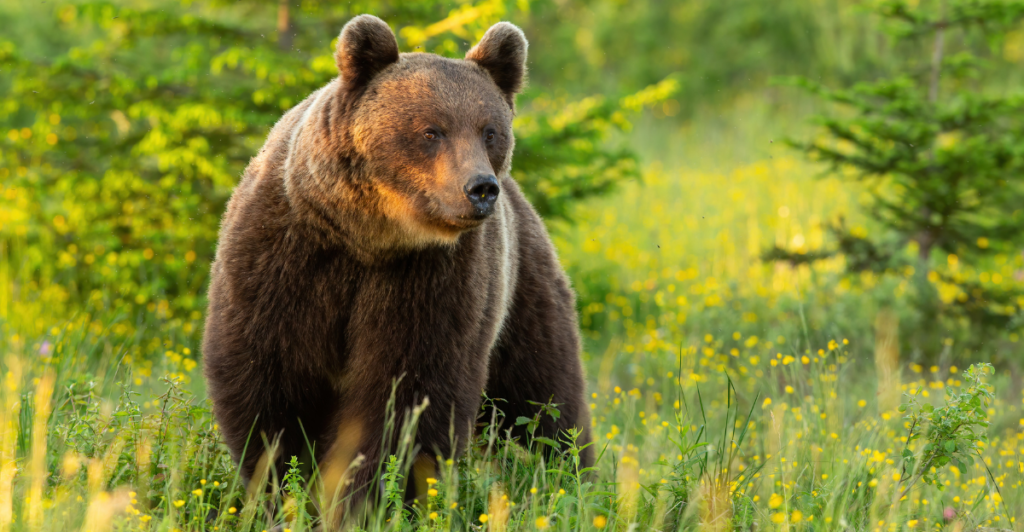
Educating residents and visitors about bear behavior and safety practices is vital. Programs that inform the public about proper food storage, waste management, and how to respond during bear encounters can significantly reduce incidents.
Community engagement initiatives, such as workshops and informational campaigns, foster a culture of coexistence and collective responsibility. Gardiner’s efforts in public education have been instrumental in promoting safer interactions between humans and bears.
Historical Context of Bear Management
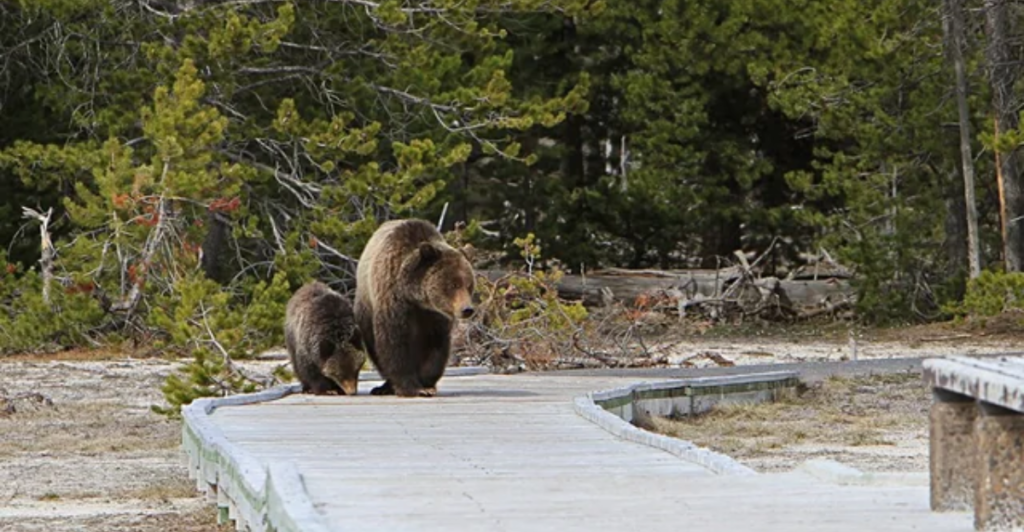
Bear management practices have evolved over the years. In the past, feeding bears was a common tourist attraction in Yellowstone, leading to habituated bears and increased conflicts.
Recognizing the dangers, the National Park Service implemented policies to discourage feeding and promote natural foraging behaviors among bears. These changes have been crucial in reducing human-bear interactions and promoting bear conservation.
The Impact of Habitat Encroachment

As human development expands into bear habitats, the likelihood of encounters increases. Urbanization, agriculture, and recreational activities can disrupt bear territories, forcing them closer to humans.
Efforts to preserve natural habitats and create wildlife corridors are essential in mitigating these conflicts. Maintaining ecological balance ensures bear populations’ sustainability and human communities’ safety.
Collaborative Conservation Efforts
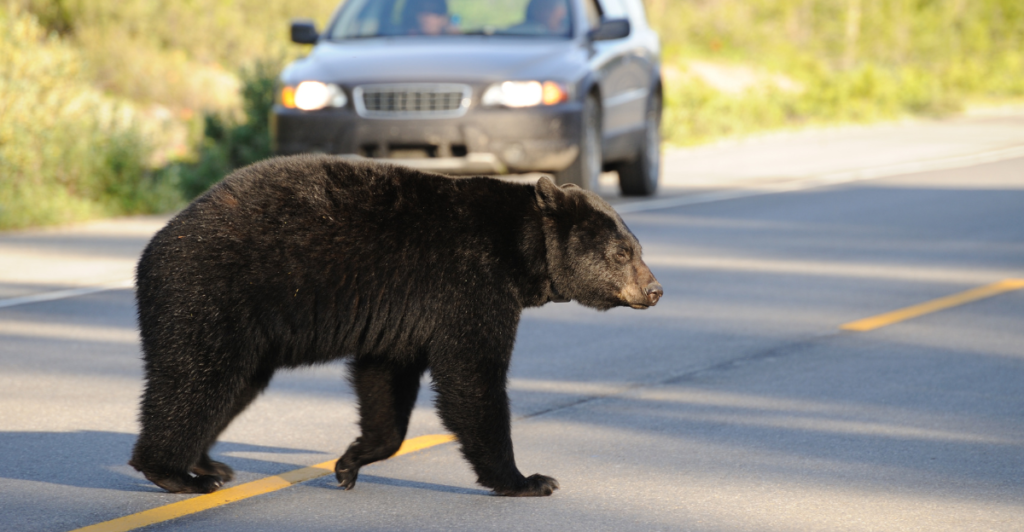
Addressing human-bear conflicts requires collaboration between government agencies, conservation organizations, and local communities. Joint initiatives focus on research, policy development, and the implementation of best practices.
Programs like the Bear Smart Community initiative aim to create environments where humans and bears can coexist peacefully. Such collaborative efforts are key to long-term success in wildlife conservation.
The Importance of Data and Monitoring
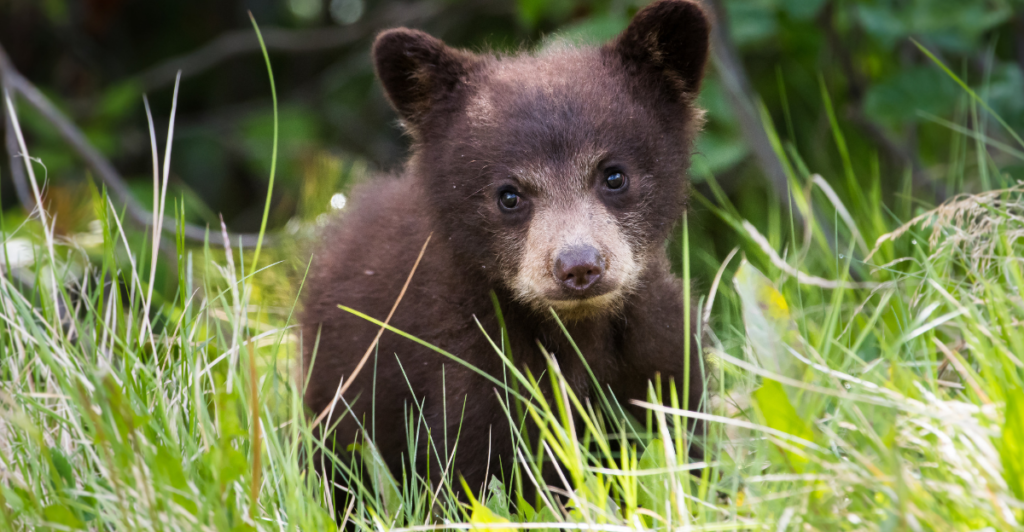
Monitoring bear populations and tracking their movements provide valuable data for managing interactions. Technologies like GPS collars and trail cameras help researchers understand bear behavior and identify potential conflict zones.
This information guides the development of targeted strategies to prevent encounters and protect both bears and humans. Data-driven approaches enhance the effectiveness of conservation efforts.
Challenges in Bear Conservation
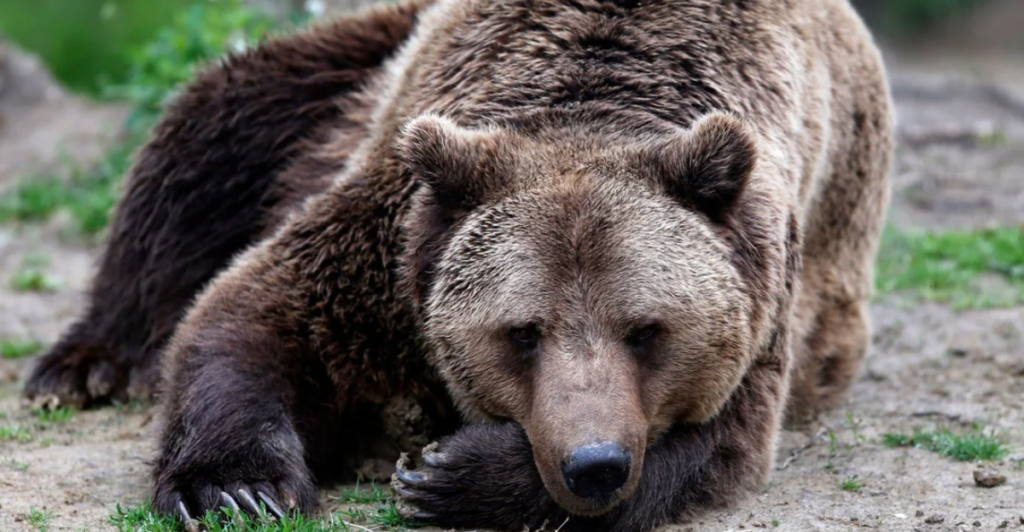
Despite progress, challenges remain in bear conservation. Climate change, habitat loss, and increasing human populations pressure bear habitats.
Balancing economic development with environmental preservation requires careful planning and community involvement. Ongoing education, policy enforcement, and adaptive management strategies must address these evolving challenges.
Looking Ahead Sustaining Coexistence
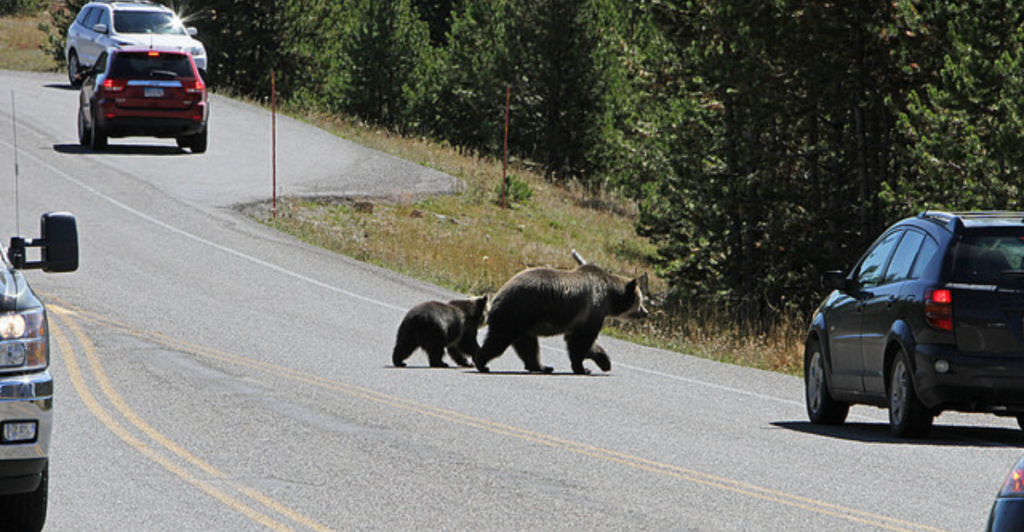
The experience of Gardiner, Montana, demonstrates that proactive measures and community engagement can lead to successful coexistence with wildlife. Small towns can effectively manage human-bear conflicts by investing in infrastructure, education, and collaborative conservation efforts.
Sustaining these efforts requires continued commitment and adaptability to changing environmental conditions. Gardiner’s approach serves as a model for other communities facing similar challenges, highlighting the importance of coexistence in wildlife conservation.
Explore more of our trending stories and hit Follow to keep them coming to your feed!

Don’t miss out on more stories like this! Hit the Follow button at the top of this article to stay updated with the latest news. Share your thoughts in the comments—we’d love to hear from you!







